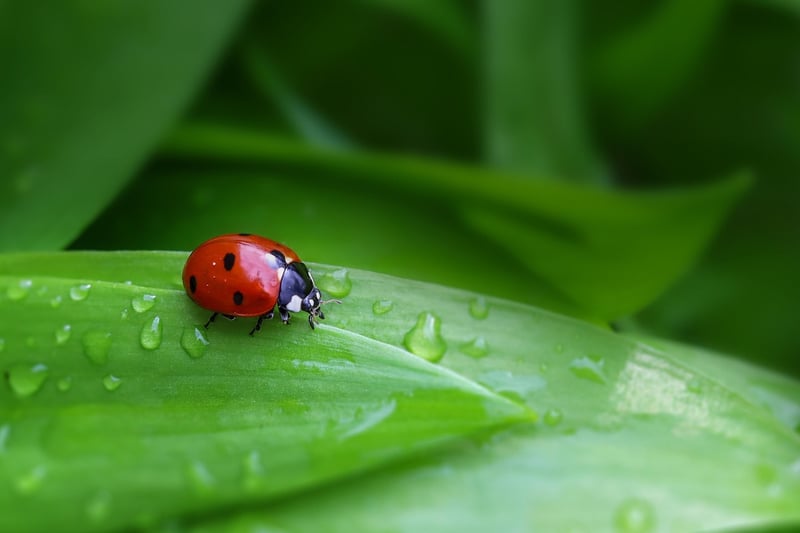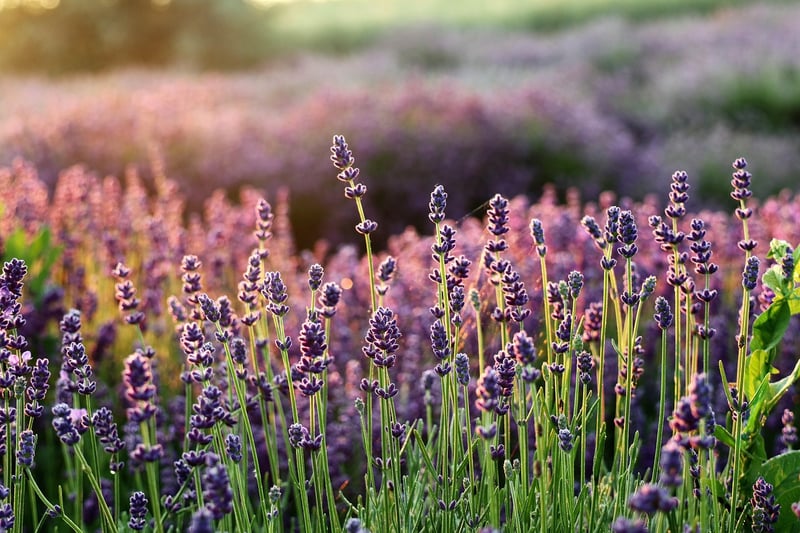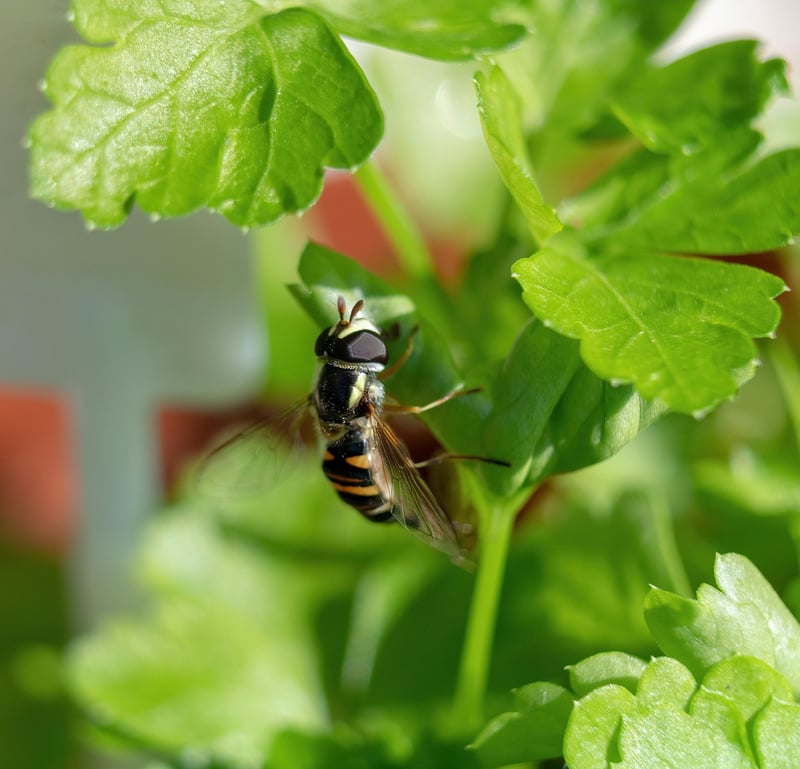Beneficial Insects
Protecting Plants and Beneficial Insects
Plants and insects have a delicate relationship in the ecosystem, with many insects playing a crucial role in pollination, pest control, and soil health. As gardeners and nature enthusiasts, it is essential to understand how to protect plants while also promoting the presence of beneficial insects in our environment.
The Importance of Beneficial Insects
Beneficial insects such as ladybugs, lacewings, and bees are natural predators of harmful pests that can damage plants. By attracting and preserving these insects in our gardens, we can reduce the need for chemical pesticides and promote a healthier, more balanced ecosystem.
Ways to Protect Plants and Support Beneficial Insects
1. Plant Diverse Gardens
Diverse gardens with a variety of plants attract a wider range of insects, providing food and habitat for beneficial species. Avoid monoculture and opt for a mix of flowers, herbs, and vegetables to create a thriving ecosystem.
2. Provide Shelter and Water Sources
Beneficial insects need shelter and water to thrive. Incorporate features like insect hotels, rock piles, and shallow water dishes in your garden to create a welcoming environment for these insects.
3. Avoid Pesticides
Chemical pesticides can harm both harmful and beneficial insects. Instead of using harsh chemicals, opt for natural pest control methods like neem oil, insecticidal soap, or introducing predator insects like ladybugs to control pest populations.
4. Practice Companion Planting
Companion planting involves growing certain plants together to enhance growth and deter pests. For example, planting marigolds alongside tomatoes can help repel nematodes and attract beneficial insects like ladybugs.
Conclusion
By taking steps to protect plants and support beneficial insects, we can create a sustainable and thriving garden ecosystem. Embracing natural methods of pest control and fostering a diverse environment benefits not only our plants but also the essential insects that play a vital role in our ecosystem.


For more information on protecting plants and supporting beneficial insects, check out National Wildlife Federation.
